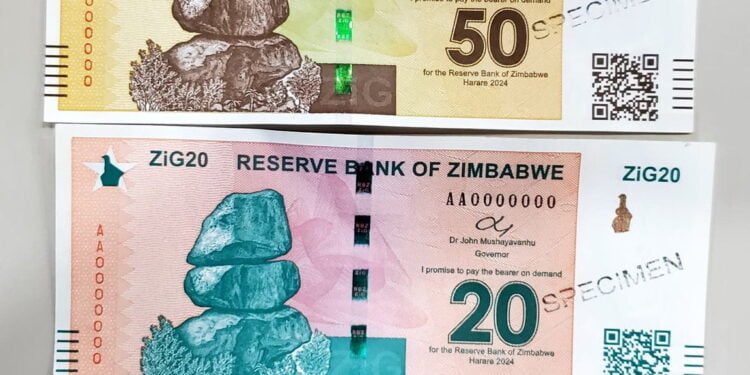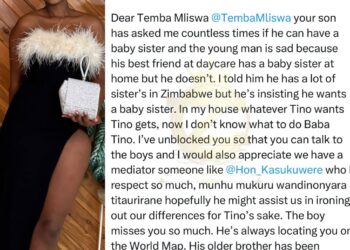Zimbabwe’s central bank Governor John Mushayavanhu said he’s concerned that the appreciation of the country’s new currency against the dollar could spur deflation.
“What my fear actually is now is that we could be faced with deflation as opposed to inflation,” Mushayavanhu said during an interview Thursday with ZimPapers Television Network, the state-owned broadcaster. “Why would anyone increase prices in a currency environment which is strengthening.”
The ZiG, short for Zimbabwe Gold, has gained 0.8% against the US dollar since it started trading Monday. The new unit backed by gold and a basket of foreign currencies is the nation’s sixth attempt at creating a functioning local currency since 2008. A single ZiG is worth about 7 US cents, the price of a milligram of gold.
The currency replaced the Zimbabwean dollar, which lost four-fifths of its value against the greenback this year before being replaced, fanning inflation and evoking bitter memories for citizens of the days of hyperinflation.
The southern African nation stopped publishing local currency inflation data last year, after adopting a measure that better reflects the dominant role the US dollar plays in the economy. Under the measure inflation quickened to a seven-month high of 55.3% in March.
Mushayavanhu earlier Thursday told a business meeting in the capital, Harare, that the national statistics agency will now publish inflation in both ZiG and US dollars.
He also defended the central bank’s decision to set the key interest rate at 20%, when the new currency was announced on Friday, from 130% on the old unit.
“Interest rates are also based on inflation targeting and if we are targeting that we will end the year at between 2% and 5%, then it follows that interest rates should also fall,” he said in the TV interview. “If we got it wrong, the monetary policy committee meets every quarter and can review.”
The governor expects demand for the new currency to surge in the second half of the year as companies are required to pay 50% of their quarterly taxes in ZiGs. He also projects the percentage of US dollars used in transactions to fall from about 80% to 70% by year-end.
Then maybe next year the ratio of US dollars to ZiG use will be “60:40, the year after 50:50,” Mushayavanhu said. “When you get to 50:50 it means people don’t mind, they will accept any currency.
Source NewZimbabwe









